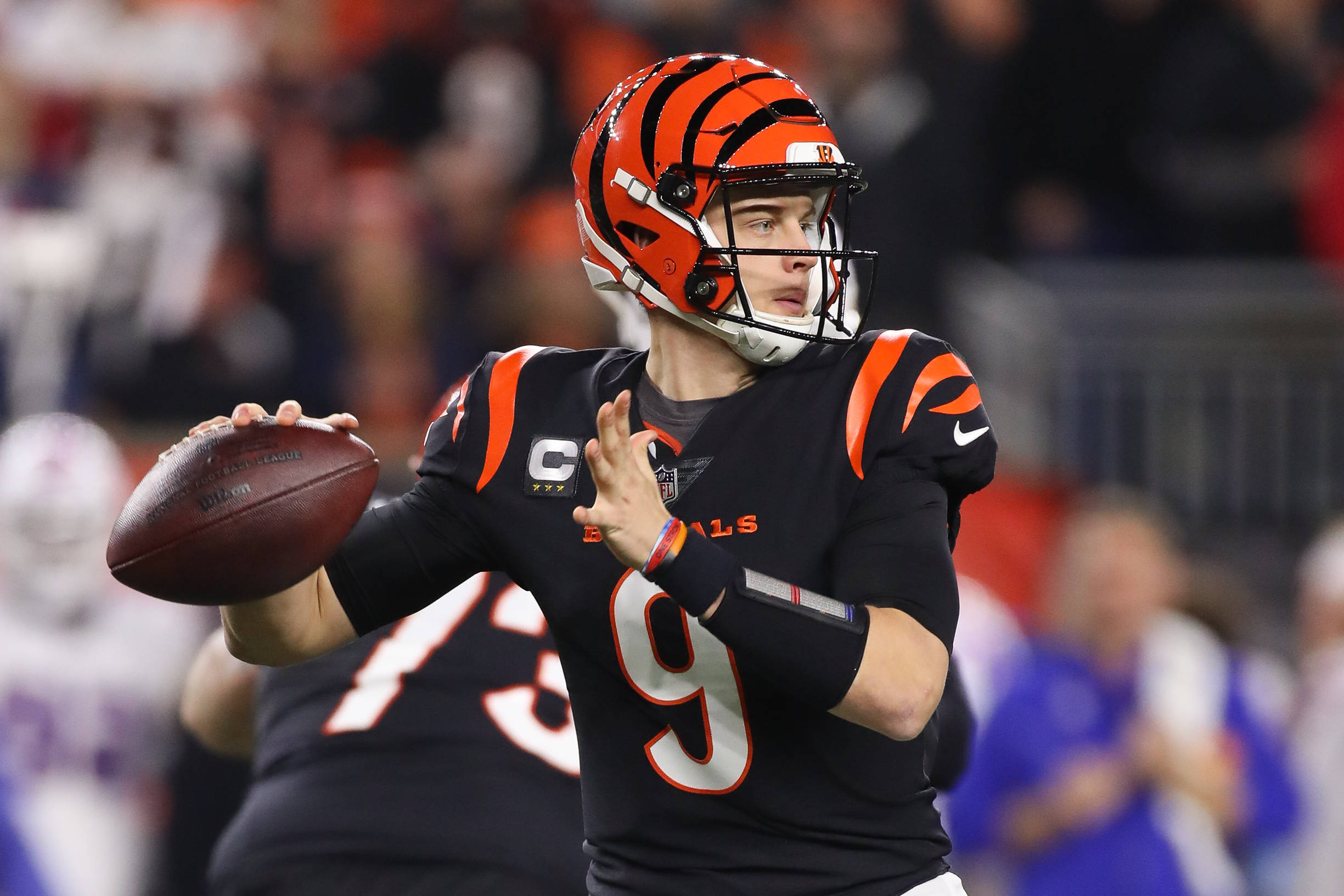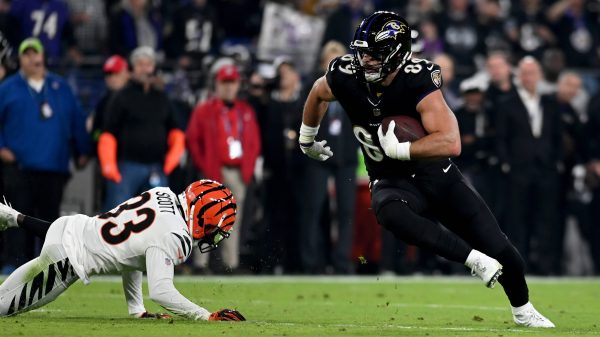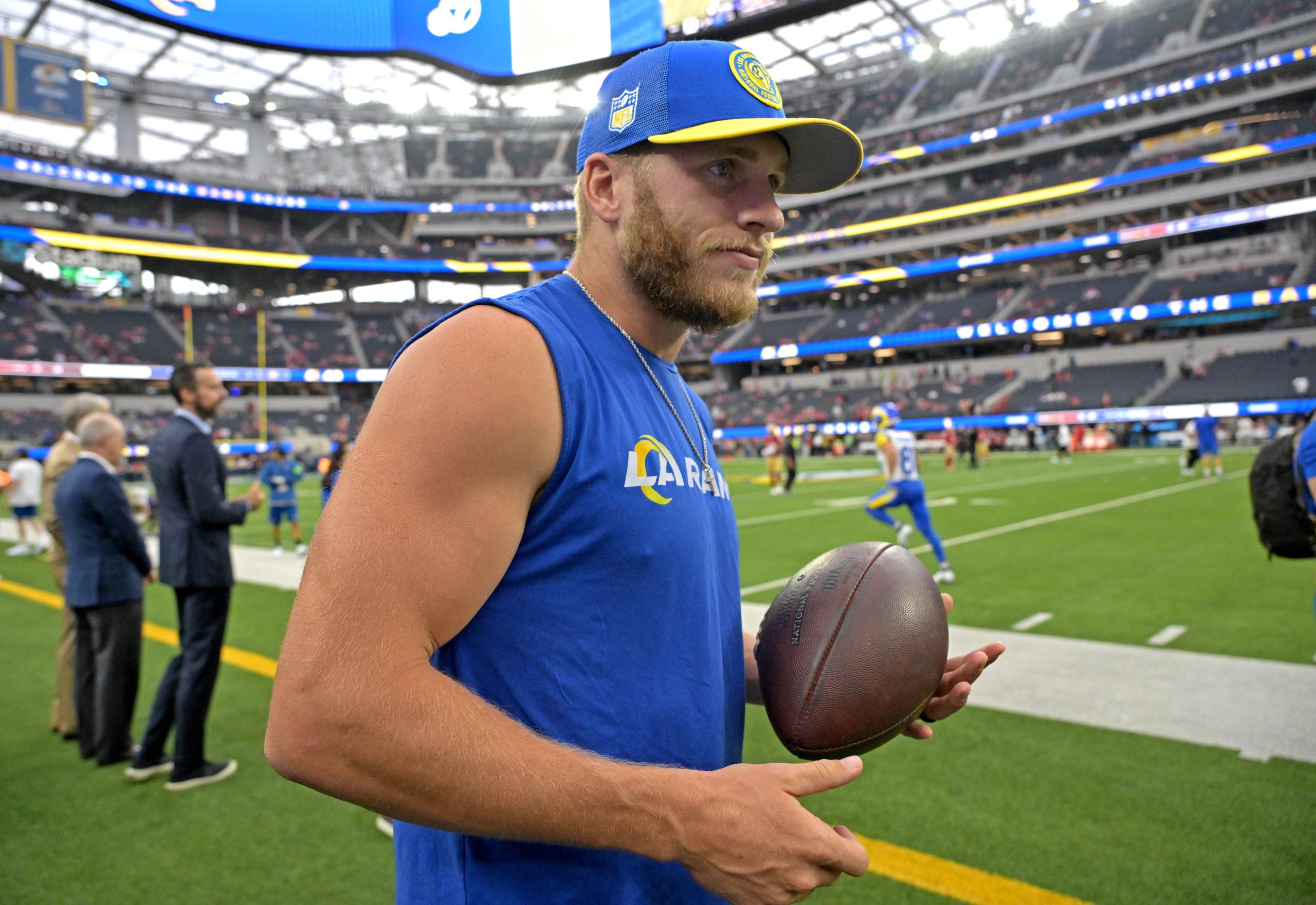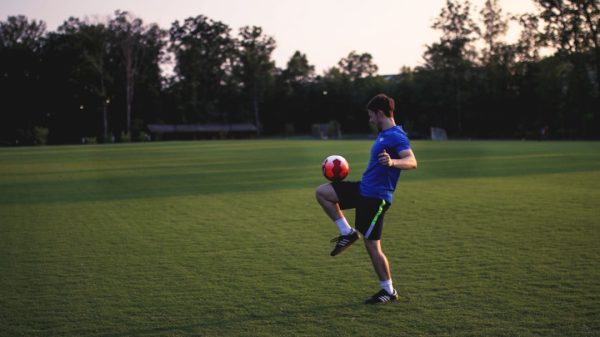Running backs are a crucial part of any football team’s offense. They are responsible for carrying the ball, catching passes, and blocking for the quarterback. Without a strong running game, an offense can struggle to move the ball and put points on the board. In this blog post, we will explore the different roles and responsibilities of running backs in football and why they are so important to a team’s success.
Key Takeaways
- Running backs play a crucial role in football, contributing to both offense and special teams.
- They can be categorized as power, speed, or versatile players, each with their own strengths.
- Running backs are responsible for blocking, receiving, and running the ball to gain yards and score points.
- The evolution of running backs in football has seen players like Jim Brown and Saquon Barkley leave their mark on the game.
- Appreciating the unique skill set of running backs is important in understanding the game of football.
The Basics: What Does a Running Back Do on the Field?
Running backs are typically positioned behind the quarterback in the offensive backfield. Their primary role is to carry the ball and gain yards on the ground. They use their speed, agility, and vision to find holes in the defense and make big plays. Running backs also have the ability to catch passes out of the backfield, adding another dimension to their game. Additionally, they are responsible for blocking for the quarterback on passing plays, ensuring that he has enough time to make his throws.
Types of Running Backs: Power, Speed, and Versatility
There are different types of running backs in football, each with their own unique skill set. Power backs are typically larger and stronger, and they are used to gain tough yards in short-yardage situations. They excel at breaking tackles and moving piles of defenders. Speed backs, on the other hand, are smaller and faster. They use their quickness and agility to break long runs and make big plays. These types of running backs are often used as home run threats, capable of scoring from anywhere on the field. Finally, there are versatile backs who can do both. They have a combination of size, speed, and agility that allows them to be effective in a variety of situations.
Running Backs and the Offense: How They Fit into the Game Plan
| Metrics | Description |
|---|---|
| Rushing Yards | The total number of yards gained by the running back by carrying the ball. |
| Receiving Yards | The total number of yards gained by the running back by catching passes. |
| Total Yards | The sum of rushing and receiving yards gained by the running back. |
| Touchdowns | The number of times the running back scores a touchdown by carrying or catching the ball. |
| Yards per Carry | The average number of yards gained by the running back per rushing attempt. |
| Yards per Reception | The average number of yards gained by the running back per reception. |
| Fumbles | The number of times the running back loses possession of the ball. |
| Pass Protection | The ability of the running back to block defenders and protect the quarterback during passing plays. |
Running backs are an important part of any offensive game plan. They can be used to control the clock and keep the opposing defense off the field. By running the ball consistently, an offense can wear down the defense and open up opportunities for big plays in the passing game. Running backs can also be used to create mismatches and exploit weaknesses in the defense. For example, if a team has a running back who is a strong receiver out of the backfield, they can use him to attack linebackers in coverage and create favorable matchups.
Running Backs and Blocking: Protecting the Quarterback and Creating Running Lanes
In addition to carrying the ball and catching passes, running backs are responsible for blocking for the quarterback on passing plays. This is a crucial role, as it ensures that the quarterback has enough time to make his throws. Running backs must be able to recognize blitzes and pick up blitzing defenders, preventing them from getting to the quarterback. They also create running lanes for themselves and other running backs by blocking defenders. By sealing off the edge or taking out a linebacker, running backs can create space for themselves or their teammates to run through.
Running Backs and Receiving: Catching Passes and Making Plays
Running backs are often used as receivers out of the backfield. They have good hands and are able to catch short passes and turn them into big gains. This adds another dimension to their game and makes them even more valuable to an offense. Running backs can be used as safety valves for the quarterback, providing an outlet option when all other receivers are covered. They can also be used on screen passes, where they catch the ball behind the line of scrimmage and have blockers in front of them. This allows them to use their speed and agility to make defenders miss and gain extra yards.
Running Backs and Running: Carrying the Ball and Gaining Yards
The primary responsibility of running backs is to carry the ball and gain yards on the ground. They use a variety of moves and techniques to avoid defenders and gain extra yards. Running backs must have good vision, allowing them to see the running lanes and make quick decisions. They must also have good balance and agility, as they often have to change direction quickly to avoid tacklers. Running backs use moves like spin moves, jukes, and stiff arms to make defenders miss and gain extra yards. They also have to be able to take a hit and keep their feet moving, as defenders will often try to bring them down with arm tackles.
Running Backs and Special Teams: Contributing on Kickoffs and Punts
Running backs are often used on special teams, particularly on kickoff and punt returns. They can use their speed and agility to make big plays and give their team good field position. On kickoff returns, running backs are responsible for catching the ball and finding a seam in the coverage. They must be able to quickly accelerate and make defenders miss in order to gain as many yards as possible. On punt returns, running backs must have good hands and be able to catch the ball cleanly. They must also have good vision and be able to make quick decisions in order to find running lanes.
The Evolution of Running Backs in Football: From Jim Brown to Saquon Barkley
Running backs have evolved over the years, from power backs like Jim Brown to versatile backs like Saquon Barkley. In the early days of football, running backs were primarily used as workhorses, carrying the ball 20-30 times per game. They were expected to gain tough yards between the tackles and wear down the defense. As the game has evolved, running backs have had to adapt to new offensive schemes and strategies. They are now used more in the passing game, catching short passes out of the backfield and creating mismatches with linebackers in coverage. Running backs like Saquon Barkley have become more versatile, able to contribute in a variety of ways and make big plays all over the field.
Appreciating the Unique Skill Set of Running Backs in Football
Running backs are a unique and important part of any football team’s offense. They are responsible for carrying the ball, catching passes, and blocking for the quarterback. By understanding their roles and responsibilities, we can appreciate the unique skill set that running backs bring to the game of football. They must have a combination of size, speed, agility, and vision in order to be successful. Whether they are power backs, speed backs, or versatile backs, running backs play a crucial role in moving the ball and putting points on the board. So the next time you watch a football game, take a moment to appreciate the running backs and all that they do for their team.
If you’re interested in learning more about the role of a running back in football, check out this informative article on FootballR.news. It provides a detailed explanation of the running back position and the various responsibilities they have on the field. From carrying the ball and gaining yards to blocking and catching passes, running backs play a crucial role in the success of an offense. Understanding their role can give you a deeper appreciation for the game. So, click here to read more about what the running back does in football.











































































































































































Recent Comments